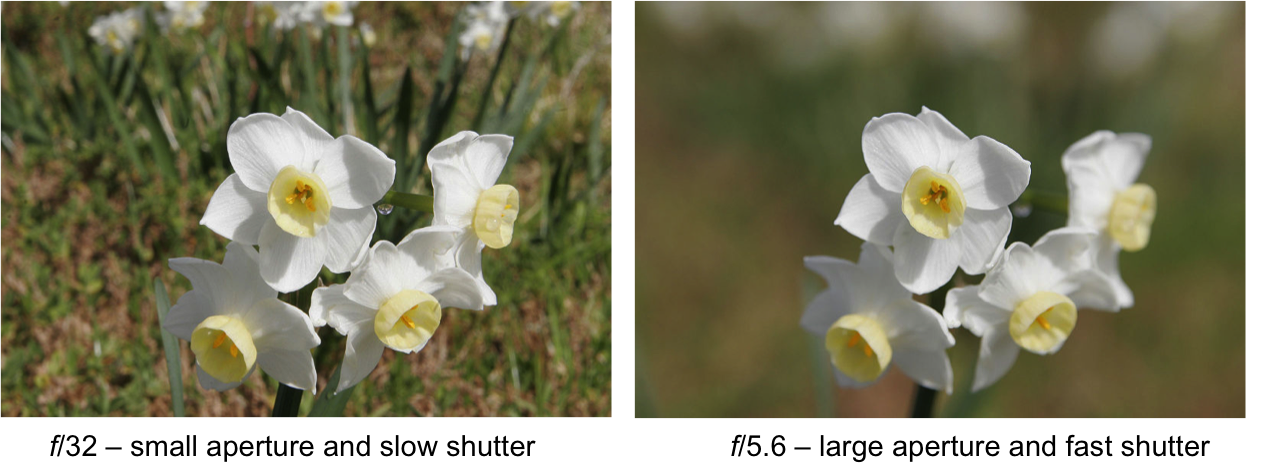

Large apertures such as f/1.2, f/1.8, and f/2.8 allow the most light into your camera. The following is an example of how changing the aperture will affect what’s in focus: Graphic by David Em/Portraits Refined, To do that, use a smaller aperture because it’ll capture the entire image.


If you’re taking a photo where the background plays an important role, you’ll want to make sure it’s in focus. To blur out the background and focus on your subject, use a large aperture. Often, portraits are taken with a shallow depth of field because the main focus is your subject. It changes how shallow or deep the image looks. With exposure aside, depth of field determines how much of the image is in focus. How aperture affects depth of fieldĪnother critical aspect of aperture is depth of field. The larger the number, the smaller the opening. Remember, the smaller the number, the larger the opening. The following are examples of different f-stops: Larger numbers mean smaller apertures, resulting in less light. With f-stops, smaller numbers mean larger apertures, thus more light. Therefore, when you increase your aperture, you’ll need to decrease your shutter speed to allow the same amount of light into the camera. It’s important to note that changing your shutter speed has the same effect. Meaning, the size of the opening in your lens will double or halve in size. When you change the f-stop, it’ll either double or halve. In dark environments such as indoors or at night, using a large aperture is helpful because you’re allowing the largest amount of light possible to enter the camera. To make this work, you’ll need to use faster shutter speeds to balance the exposure. There are times when you can use large apertures when it’s bright. Using a small aperture may result in perfect exposure. With that in mind, using a large aperture in the middle of the day will cause the image to be very bright. Whereas a small aperture allows a small amount of light in, making the image darker. When it comes to exposure, a large aperture allows plenty of light in, making the image brighter. How aperture affects exposureĭepending on the time of day, and how bright it is, you’ll use different apertures.
#Small vs big aperture how to#
It also affects how much of the image is in focus, and other settings such as shutter speed.Ī solid understanding of aperture is important because you’ll be able to shoot in manual mode and know how to make an image look great in any situation. The smaller the hole, the less light.Īperture affects more than just light. The larger the hole, the more light that gets in. Like the pupil in your eye, the aperture opens larger or smaller to control the amount of light that passes through. Related: What is white balance in photography? However, there are a few lenses that have fixed apertures. The size of the hole is adjustable and is also known as the diaphragm of your lens. Aperture is the opening in a camera lens.


 0 kommentar(er)
0 kommentar(er)
